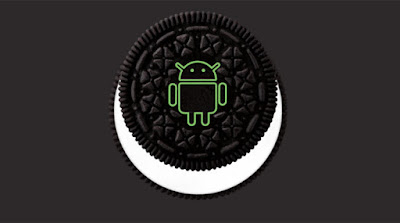Optical fiber

Data communications sometimes are slow.often information gets leaked.Or may even get tapped! Data often is lost while being transferred from one place to another between components.Presence of noise leads to reduction of clarity of video on TV sets.There is a solution which eliminates many of these problems. The solution is optical fibre cable communication. Due to its speed,data securing capacity and lesser distortion of signals it is widely used means of communication. Demand of OPTICAL FIBRE communications are increasing rapidly. the working of optical fibre,its advantages and disadvantages,arenas of applications are described in this project.
Optical fibers can be used to transmit light and thus information over long distances. Fiber-based systems have largely replaced radio transmitter systems for long-haul optical data transmission. They are widely used for telephony, but also for Internet traffic, long high-speed local area networks (LANs), cable TV (CATV), and increasingly also for shorter distances within buildings. In most cases, silica fibers are used, except for very short distances, where plastic optical fibers can be advantageous.
- The capacity of fibers for data transmission is huge: a single silica fiber can carry hundreds of thousands of telephone channels, utilizing only a small part of the theoretical capacity. In the last 30 years, the progress concerning transmission capacities of fiber links has been significantly faster than e.g. the progress in the speed or storage capacity of computers.
- The losses for light propagating in fibers are amazingly small: ≈ 0.2 dB/km for modern single-mode silica fibers, so that many tens of kilometers can be bridged without amplifying the signals.
- A large number of channels can be reamplified in a single fiber amplifier, if required for very large transmission distances.
- Due to the huge transmission rate achievable, the cost per transported bit can be extremely low.
- Compared with electrical cables, fiber-optic cables are very lightweight.
- Fiber-optic cables are immune to problems that arise with electrical cables, such as ground loops or electromagnetic interference (EMI). Such issues are important, for example, for data links in industrial environments.
Fiber communications are already extensively used within metropolitan areas (metro fiber links), and even fiber to the home (FTTH) spreads more and more – particularly in Japan, where private Internet users can already obtain affordable Internet connections with data rates of 100 Mbit/s – well above the performance of current ADSL systems, which use electrical telephone lines. In other countries, one often tries to squeeze out higher transmission capacities from existing copper cables, e.g. with the technique of vectoring, in order to avoid the cost of laying down fiber cables to the premises. This, however, is more and more seen only as a temporary solution, which cannot satisfy further growth of bandwidth demand.

ADVANTAGE
There are a number of compelling reasons that lead to the widespread adoption of fibre optic cabling for telecommunications applications:- Much lower levels of signal attenuation
- Fibre optic cabling provides a much higher bandwidth allowing more data to be delivered
- Fibre optic cables are much lighter than the coaxial cables that might otherwise be used.
- Fibre optics do not suffer from stray interference pickup that occurs with coaxial cabling



Comments
Post a Comment